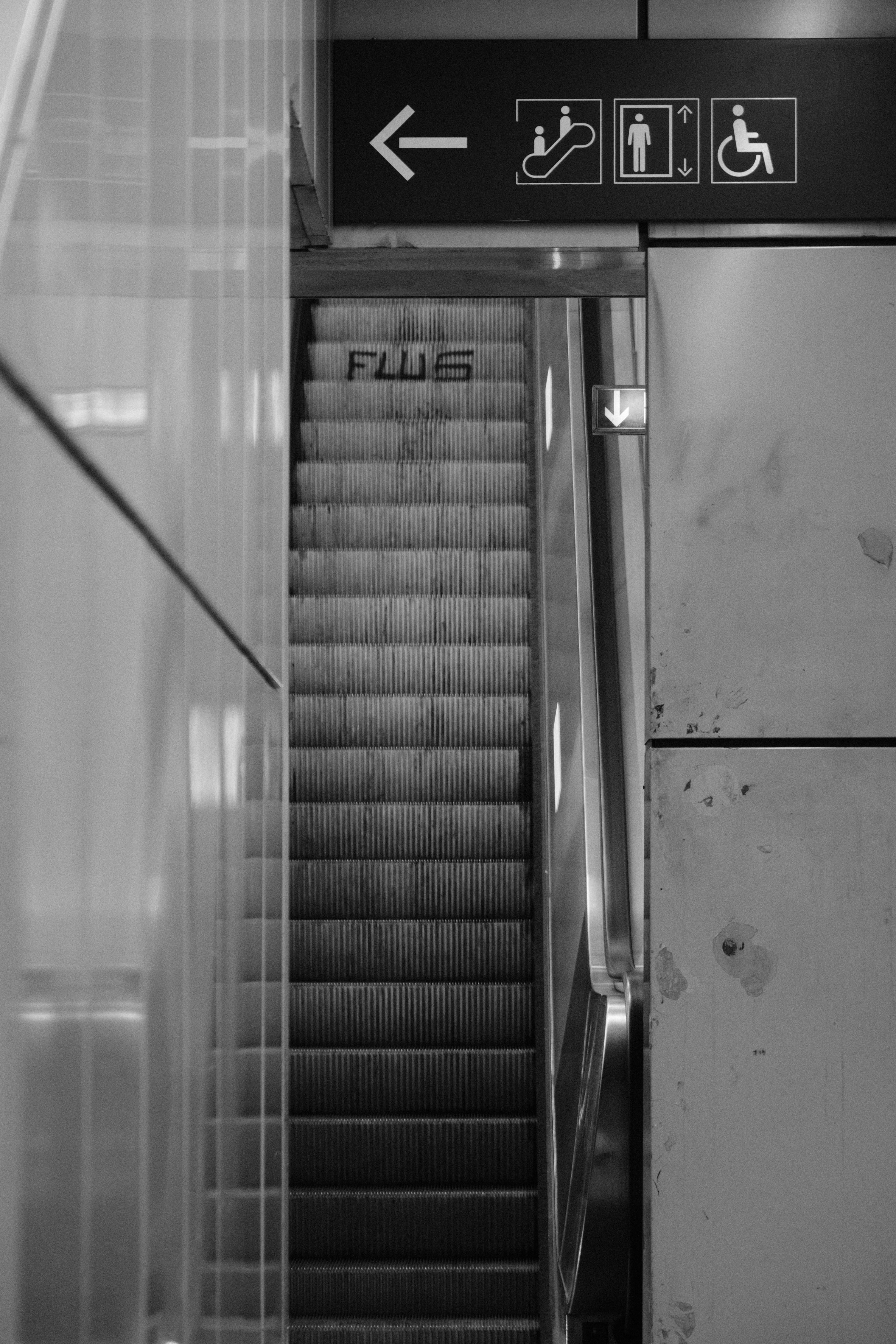Hopping Onboard: Germany's Public Transport Ticketing Revolution
Increased Ridership on German Public Transport with Deutschlandticket - Train and bus passengers in Germany face restrictions once more
Welcome to the world of German public transportation, where the latest statistics show a notable surge in passengers. The regular travel ticket, popularly known as Deutschlandticket, is leading the charge. Despite a five euro hike from last year's price of 49 euros to the current 58 euros, the number of passengers in rail and local transport has seen an impressive increase.
In rail transport, the passenger numbers soared by six percent in 2024, totaling a staggering 2.7 billion riders. Meanwhile, the tram passenger count experienced a five-percent rise, amounting to an impressive 3.9 billion passengers altogether. The surge in bus transport saw four percent more passengers, reaching a whopping 5.2 billion users.
However, the data may not fully reflect the real growth due to the scarcity of automatic counting systems in buses. The lack of these essential systems makes it difficult to precisely track and document the passenger numbers.
While long-distance transport witnessed a four-percent drop in travelers down to 153 million, the slight increase of one percent (around ten million) in bus long-distance travel is noteworthy. The decline in long-distance train travel is believed to be due to disruptions caused by strikes during the first quarter of the previous year.
The Deutschlandticket counts so-called 'transport units' as passengers. In other words, if a passenger travels multiple times within the specified period, they are counted multiple times. The data derived from around 800 larger companies operating buses and trains in local and long-distance transport has been the basis for these statistics.
As we move forward, it's important to consider that some political parties, such as the CDU and SPD, have proposed extending the Deutschlandticket through 2026 and beyond, with further price increases anticipated from 2027[2]. This could potentially impact the current growth trend and associated CO2 savings of 4.2 to 6.5 million tons[3].
The rise in popularity of the Deutschlandticket has encouraged a shift towards more eco-friendly transport modes, such as bicycles, walking, and electric buses. The growth of electric buses alone has been remarkable, with almost 3,000 electric buses in operation by the year-end of 2024[4]. However, the financing of expanded electric bus fleets remains a challenge.
As for the role of automatic counting systems, there's little information on their use in buses, trams, and long-distance transport in Germany. Such systems are crucial for accurately keeping track of passenger numbers, which in turn facilitates the evaluation of transport efficiency and planning.
Lastly, it's worth noting a growing trend toward sustainable transportation. More and more people are trading their cars for bicycles, particularly in urban settings, leading to substantial growth in cycling[5]. Additionally, the Deutschlandticket has been influential in reducing CO2 emissions by promoting rail travel instead of cars, though affordability remains a significant concern for low-income families[3].
[1] https://www.sueddeutsche.de/muenchen/deutschlandticket-preis-steigt-ab-67-november-plane-1.5867318[2] https://www.dagbericht.de/bundestag-kurzmehrheiten-palastrevolution-groesste-verfassungsnahung-in-der-bundesrepublik-nach-1949-sind-das-tagesschau-sondersendung-21-5-2023-strategischer-fehlschlag-bei-opposition-und-spd-vorbei-babylons-wackers/[3] https://www.news.de/verkehr/umwelt/deutschlandticket-preis-steigt-ab-67-euro-umweltorganisationen-fordern-ausgabe-von-geschaeftsjahreskosten-100-versagt-100/[4] https://www.tagesschau.de/investigativ/archiv/land-nahm-1341.html[5] https://www.willy-weber.net/magazin/wegen-intensivverkehrs-mundartne-werbung-unter-ueberdruck-2162.html
- The surge in bus transport in Germany saw a four percent increase, reaching an impressive 5.2 billion users, although the data might not be fully accurate due to the scarcity of automatic counting systems in buses.
- As for the role of automatic counting systems, there's little information on their use in buses, trams, and long-distance transport in Germany, and such systems are crucial for accurately keeping track of passenger numbers, which in turn facilitates the evaluation of transport efficiency and planning.
- The data derived from around 800 larger companies operating buses and trains in local and long-distance transport has been the basis for the statistics presented in Wiesbaden, a city known for its substantial use of public transportation.








